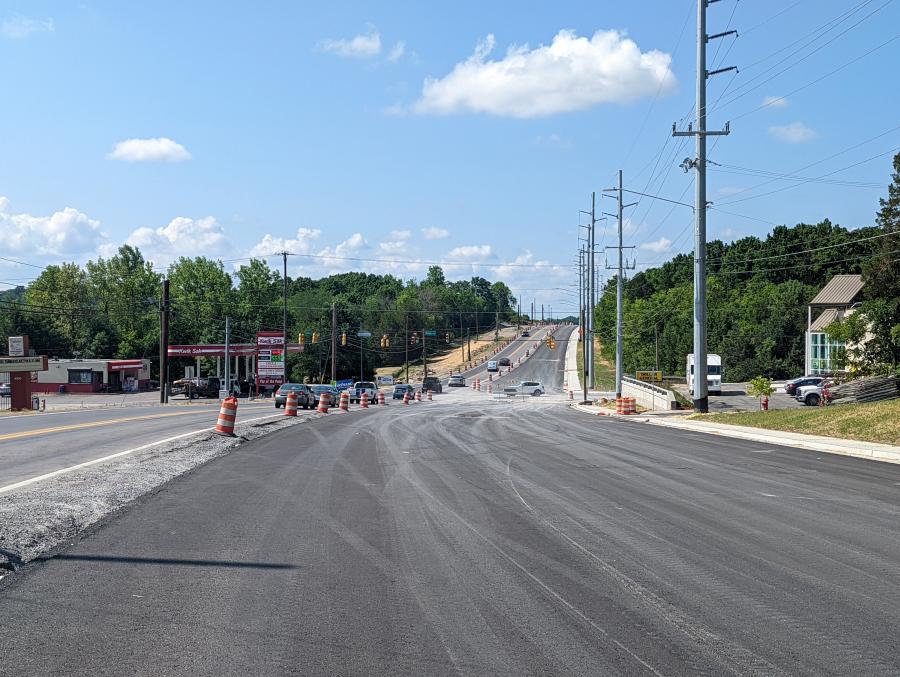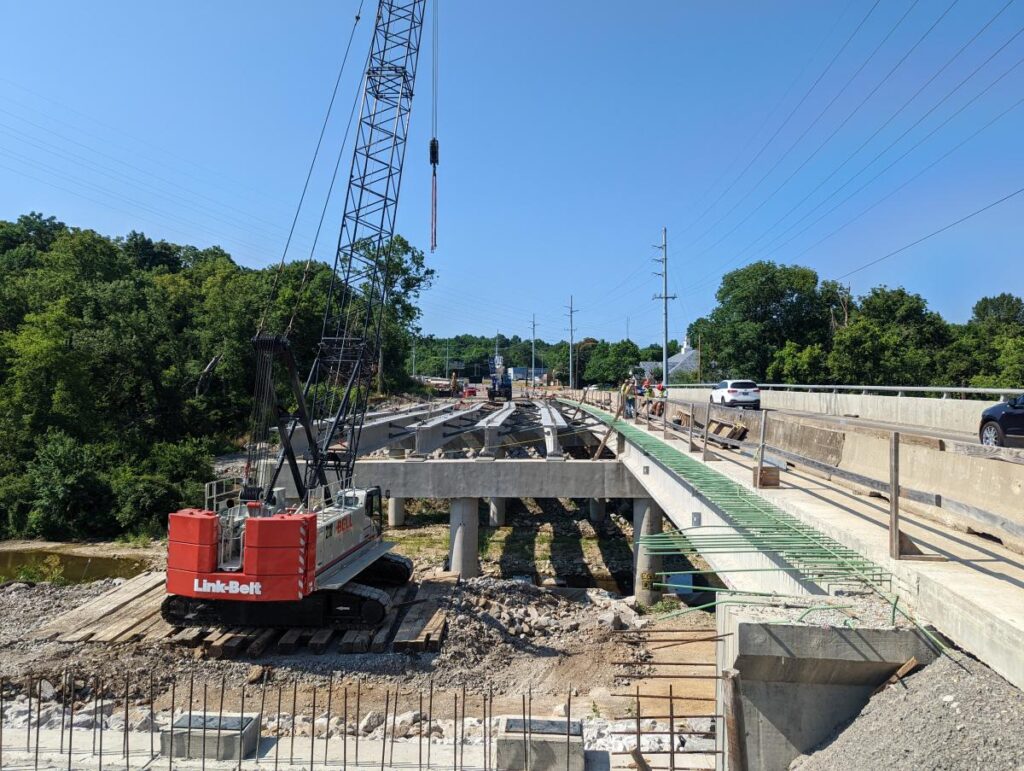Photo courtesy of TDOT
Construction on the $34.4 million project includes widening the route from two lanes to four lanes, with a continuous left turn lane from the Ashland City Highway (SR 12) intersection to the Briley Parkway (SR 155) interchange.
Although the timeline has changed, the Tennessee Department of Transportation (TDOT) continues monitoring long-awaited improvements for State Route 112 (Clarksville Highway). Construction on the $34.4 million project includes widening the route from two lanes to four lanes, with a continuous left turn lane from the Ashland City Highway (SR 12) intersection to the Briley Parkway (SR 155) interchange.
“The North Nashville community continues to rapidly grow, and this state route has been in need of improvements for some time now,” said TDOT spokesperson Rebekah Hammonds. “This project serves north Nashville, including Bordeaux and even those in the Whites Creek area.”

Photo courtesy of TDOT
The SR 112 widening effort includes intersection improvements at Clarksville Pike and Ashland City Highway; a bridge replacement over White’s Creek; traffic signal upgrades at King’s Lane and West Hamilton Road (east) intersections; and the addition of bike lanes and sidewalks.
According to TDOT’s website, once widening of this section is finished, the route will be a full five-lane facility, from the Martin Luther King Bridge over the Cumberland River to Briley Parkway. The work is expected to significantly improve the level of service in the area.
Ashland City Highway includes four 11-ft. travel lanes; dual 11-ft. left turn lanes; one auxiliary lane of varying width; two 4-ft. bike lanes; and two 5-ft. sidewalks within 121 ft. of minimum right-of-way. The project starts roughly more than 800 ft. southeast of the Ashland City Highway intersection and transitions from 12-ft. lanes to 11-ft. lanes just north of the intersection.
Kroger/Fairview includes four 11-ft. travel lanes; one 12-ft. continuous left turn lane; two 4-ft. bike lanes; and two 5-ft. sidewalks within 97 ft. of minimum right-of-way.
King’s Lane/Briley Parkway Interchange involves four 12-ft. travel lanes; one 12-ft. continuous left turn lane; two 4-ft. bike lanes; two 5.5-ft. grass strips; and two 5-ft. sidewalks within 112 ft. of minimum right-of-way. The travel lane widths transition from 11 ft. back to 12 ft. just north of King’s Lane.
Construction is moving forward, but the original schedule had to be altered.
“Multiple issues with utility relocations led to work being delayed,” said Hammonds. “The overall project delivery is now behind by about a year.”
As with many road projects, there have been traffic issues. Due to the road realignment and temporary side road closures because of the utility relocations, motorists have had to adapt to the changing conditions. The most time-consuming part of the construction has been planning and rescheduling due to plan revisions.
According to TDOT supervisor Michael Parham, workers have learned to expect the unexpected.
“The project has experienced four major utility issues/conflicts that have had impacts on the project. The utilities included water lines, gas and communication lines,” he said.
Civil Constructors serves as the contractor on the project. Work currently taking place involves prioritizing West Hamilton Avenue to be reopened; AT&T’s utility relocations; and working on the retaining walls at Ashland City Highway.
The bridge is already completed, along with most of the grading and West Hamilton realignment grading. Work on retaining walls 1, 4 and 5 is finished, along with Kings Lane and Courtney Avenue construction.
Key tasks remaining include final grading for Ashland City Highway; completion of the moment slab and parapet for retaining wall 2; completion of the parapet for retaining wall 3; and completion of the traffic signal at Ashland City Highway. Workers also must finish pedestrian improvements throughout the project; paving and striping for the West Hamilton Court cul-de-sac and final overall paving and striping. Widening the route from two lanes to four lanes with a continuous left turn lane from the Ashland City Highway intersection to the Briley Parkway interchange has required more than just clearing and grubbing, including the installation and maintenance of environmental standards; excavation for widening; storm pipe and utility relocations, grading to proper elevation and installation of utility poles and streetlights.

Photo courtesy of TDOT
Intersection improvements at Clarksville Pike and Ashland City Highway require the same, as well as working with local businesses to make sure their private storm water drainage system is still operational.
Regarding site work/ excavation, said Parham, “It’s been a challenge maintaining good customer service when cutting across driveways or moving them to a new location.”
More than 90,000 cu. yds. of dirt will be moved based on the current figures; however, the precise number won’t be known until work is complete.
Equipment on the job includes a bulldozer, track hoes, sweepers and pavers. Shuttle buggies and thermoplastic trucks also are required.
Construction began in November 2019 and will be completed in spring 2024. Parham said working on an undertaking of this nature is truly satisfying, despite the challenges.
“It’s exciting to be a part of a project that will improve the traffic and serve a community for years to come.” CEG
Read the full article here











